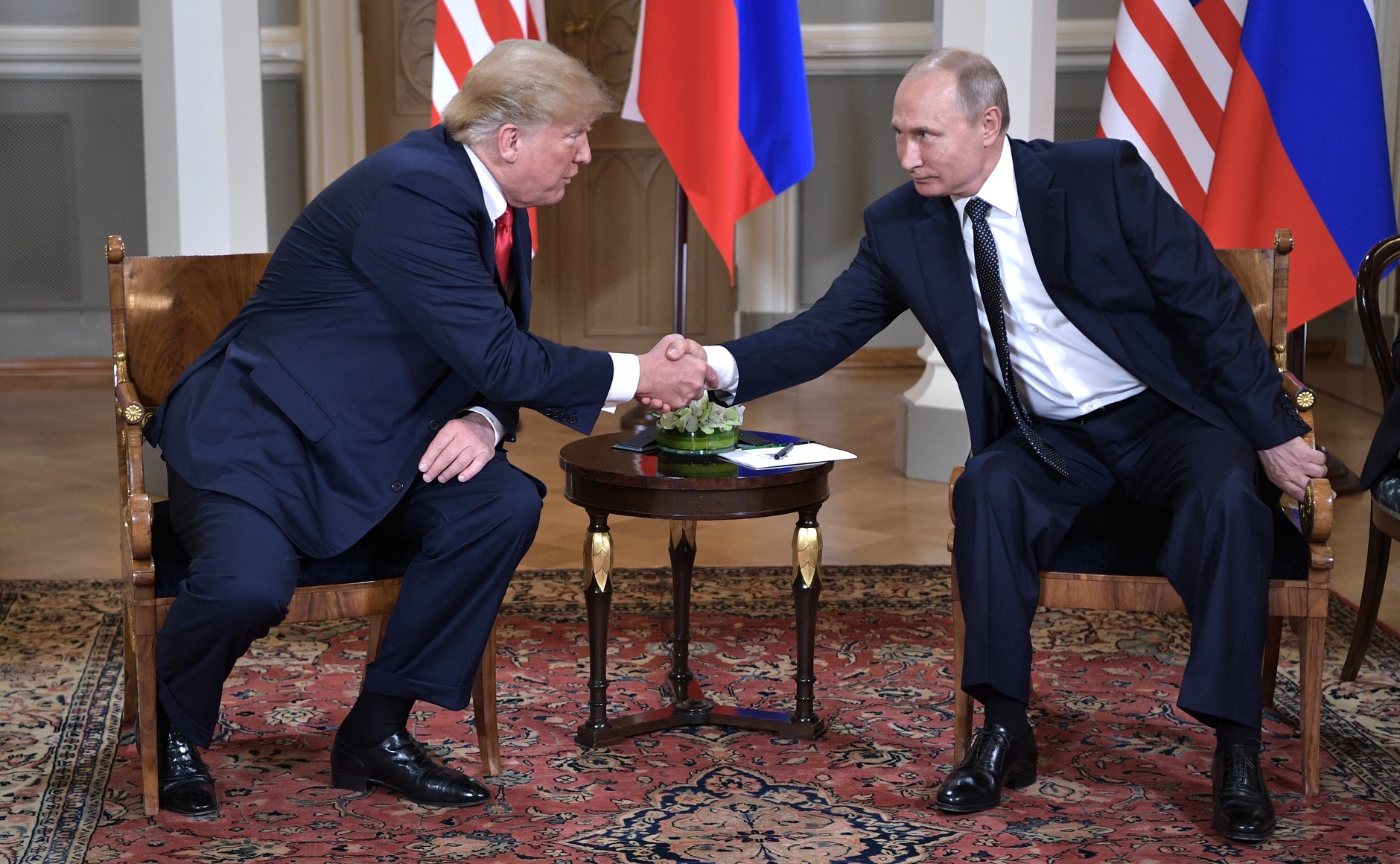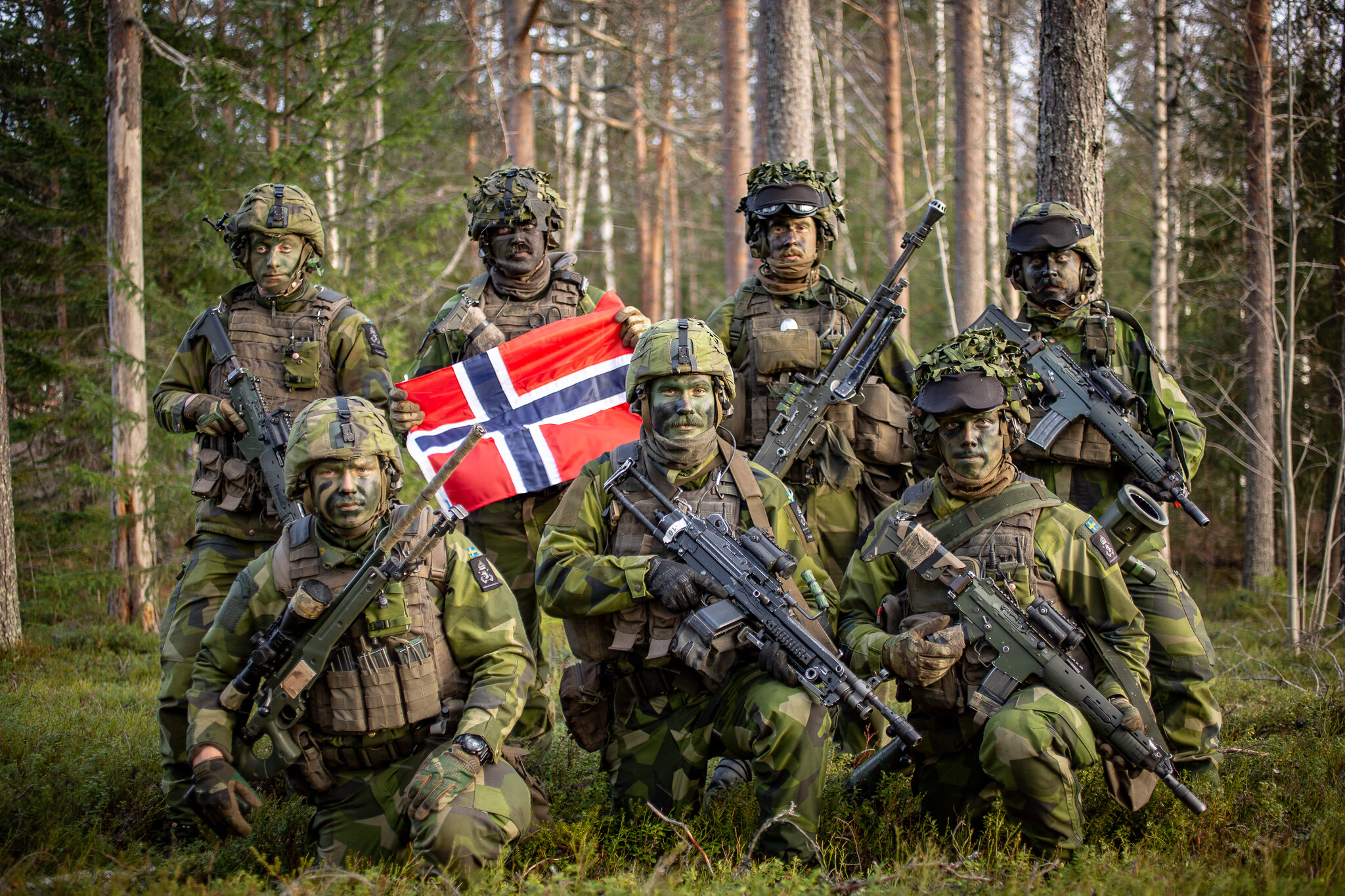Blackouts last 10 hours a day in Ecuador and up to 20 hours in Cuba. Latin America is experiencing an unprecedented political and energy crisis

Latin America is facing an unprecedented energy crisis marked by prolonged blackouts, severe droughts, and the risk of grid collapse. While the crisis is affecting countries in Latin America differently, there’s a recurring pattern that is exacerbating the situation: underinvestment, the worsening effects of the climate crisis, and political instability in both right- and left-wing governments that are unable to address their socio-economic challenges.
The wave of blackouts is the result of a complex combination of climate-related risks, neglected infrastructure, and political mismanagement. To make matters worse, the region is experiencing heightened political tensions amid major elections last year and this year, with additional elections scheduled for 2025 in Ecuador, Chile, Honduras, and Argentina.
Ecuador has been struggling with power shortages for months, while Chile, Honduras and Argentina have experienced widespread blackouts («apagones») in recent weeks. In Ecuador, blackouts have become routine since late last year, with outages lasting up to 14 hours a day, largely due to the worst drought in 61 years, which has drastically reduced water levels in reservoirs that supply over 70% of the country’s electricity. In addition, the interim government of Daniel Noboa has been criticized for inadequate investment in the country’s energy infrastructure. Nighttime blackouts have slowed economic growth and heightened security concerns amid escalating gang-related violence. Although President Noboa hastily declared the crisis over, blackouts, curfews, and shortened workdays continue as the nation approaches the second round of presidential elections in April, in which Noboa himself is a candidate.
On February 25, Chile experienced its largest blackout in 15 years, leaving 99% of the country and over 90% of the population without power after a major northern transmission line failed, triggering cascading blackouts across the country. In response, Chilean President Gabriel Boric declared a curfew. Although Boric himself is constitutionally barred from seeking re-election this November, local media suggest that the left-wing will still have to answer politically for his administration’s shortcomings and the widespread blackouts.
On March 1, Honduras suffered a nationwide blackout due to transmission failures originating in Nicaragua. The incident exposed a «structural problem» rooted in 15 years of underinvestment in energy infrastructure, exacerbated by «public-private corruption», according to government officials. The blackout came just a week before primary elections to select presidential candidates for the November vote.
Nicaragua also suffers periodic power outages, mainly due to fuel shortages affecting thermal power plants, which severely affect both the industrial and commercial sectors.
Three weeks ago, in the midst of a summer heat wave in the Southern Hemisphere, more than 1 million residents of Buenos Aires, Argentina, were left without electricity when temperatures rose above 110°F (43°C) and overloaded transmission lines failed. The primary cause of the blackout was the country’s aging electrical infrastructure, much of which is over 50 years old. Unlike previous administrations, which maintained electricity subsidies, President Javier Milei has removed price controls as part of his structural reforms. Argentina’s upcoming general elections in October will serve as a critical test of public confidence in Milei’s government.
Brazil is facing its worst drought in 74 years, dramatically reducing water levels in the hydroelectric reservoirs that generate most of the country’s electricity. Three major hydroelectric plants in the Amazon — Belo Monte, Santo Antônio and Jirau — are currently operating at only 3–10% of their capacity. Hydropower’s share fell from 74.5% in March to 43.5% in October, while thermal generation rose from 5.6% to 18.7%. President Lula da Silva’s approval rating hit an all-time low of 24%, in part due to the severe economic hardship associated with the energy disruptions.
In May, Mexico experienced significant blackouts due to an intense heat wave that caused electricity demand to spike, affecting 18 of the country’s 32 states. Mexico’s energy system relies heavily on hydroelectricity and natural gas, 70 percent of which is imported from the United States.
Cuba stands out, experiencing its worst energy crisis in years, with shortfalls as high as 50%. In some communities, blackouts last up to 20 hours a day. Cuba’s seven thermal power plants, built with Soviet assistance more than four decades ago and responsible for providing 80% of the country’s electricity, have recently suffered frequent breakdowns. Following the collapse of the Soviet Union and Russia’s gradual withdrawal of economic and technical support, Cuba’s nuclear power project at Juragua was halted and eventually abandoned, leaving a significant gap in energy production. Although photovoltaic and wind power plants are gradually being built, their capacity is still insufficient to meet the country’s energy needs.
According to the International Energy Agency (IEA), electricity demand in Latin America is expected to grow by 70% by 2030, requiring more than 140 gigawatts of additional generation capacity. Are the countries of the Western Hemisphere prepared for this surge? Doubtful.
Latin America’s energy mix is predominantly based on gas, oil, biomass, and hydropower, with fossil fuels playing a leading role. Renewable energy sources, such as wind and solar, play a relatively minor role compared to traditional sources. As a result, climate change has significant implications not only for energy solutions, but also for socio-political stability, economic activity, and public welfare throughout the region.
In Latin America, energy and politics are inextricably linked. State ownership of oil or gas companies symbolizes national sovereignty, and national symbols carry profound meaning. The continent, historically an epicenter of political struggles against incumbent authorities, may see current leaders and their parties face voter backlash, in part due to ongoing energy disruptions.
The ongoing energy crisis, characterized by prolonged blackouts, escalating utility bills, severe droughts, and wildfires that threaten water reserves essential for hydropower, remains an unresolved issue that is increasingly unsettling voters.
In hot climates, no electricity means no food. Spoiling food in powerless refrigerators leaves many people vulnerable. Solar-powered home stations, wind turbines, diesel or gasoline generators remain unaffordable luxuries for the majority of Latin Americans, fueling discontent and protests expressed at the ballot box. Later, voters may regret voting for the «wrong» right-wing or left-wing candidates — but that realization will come too late.





